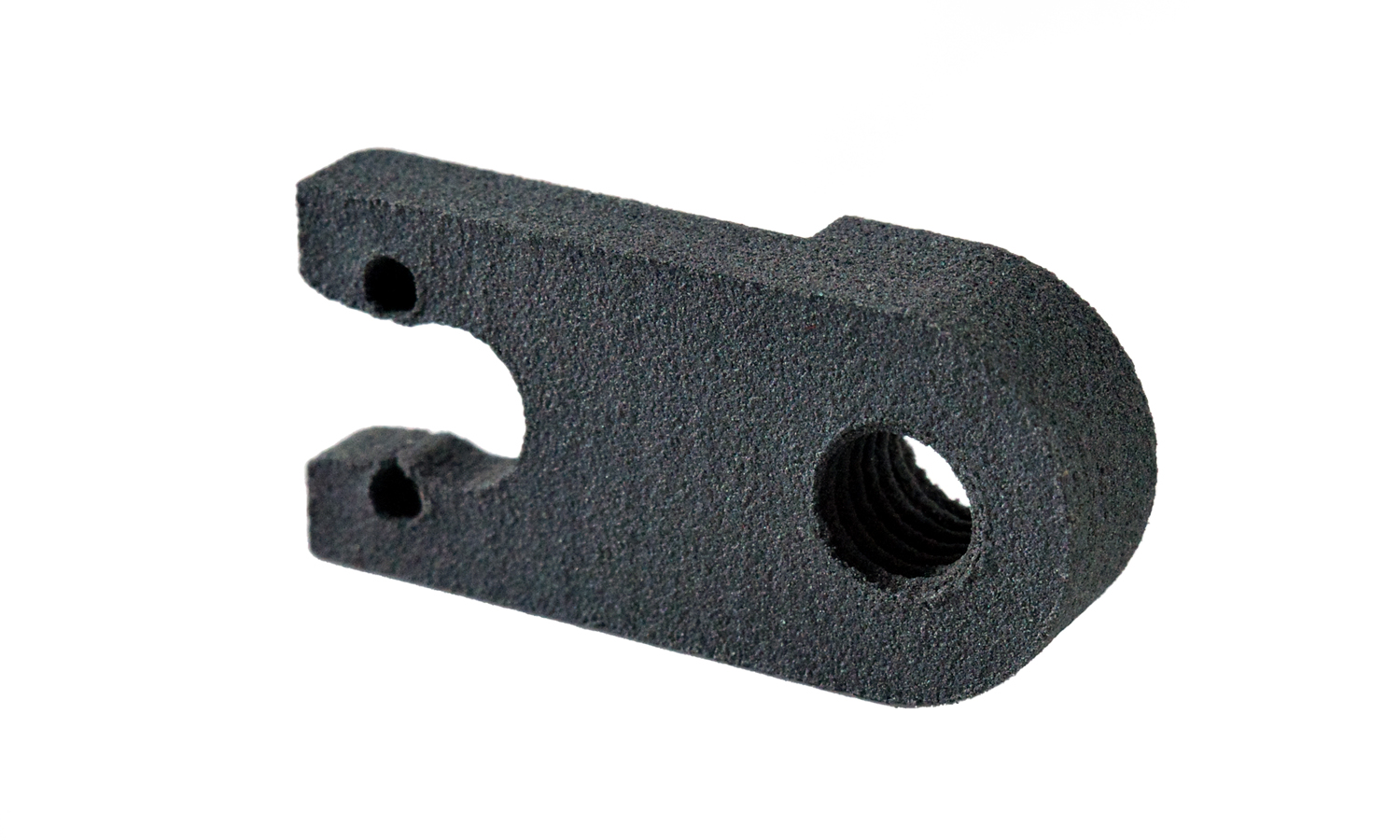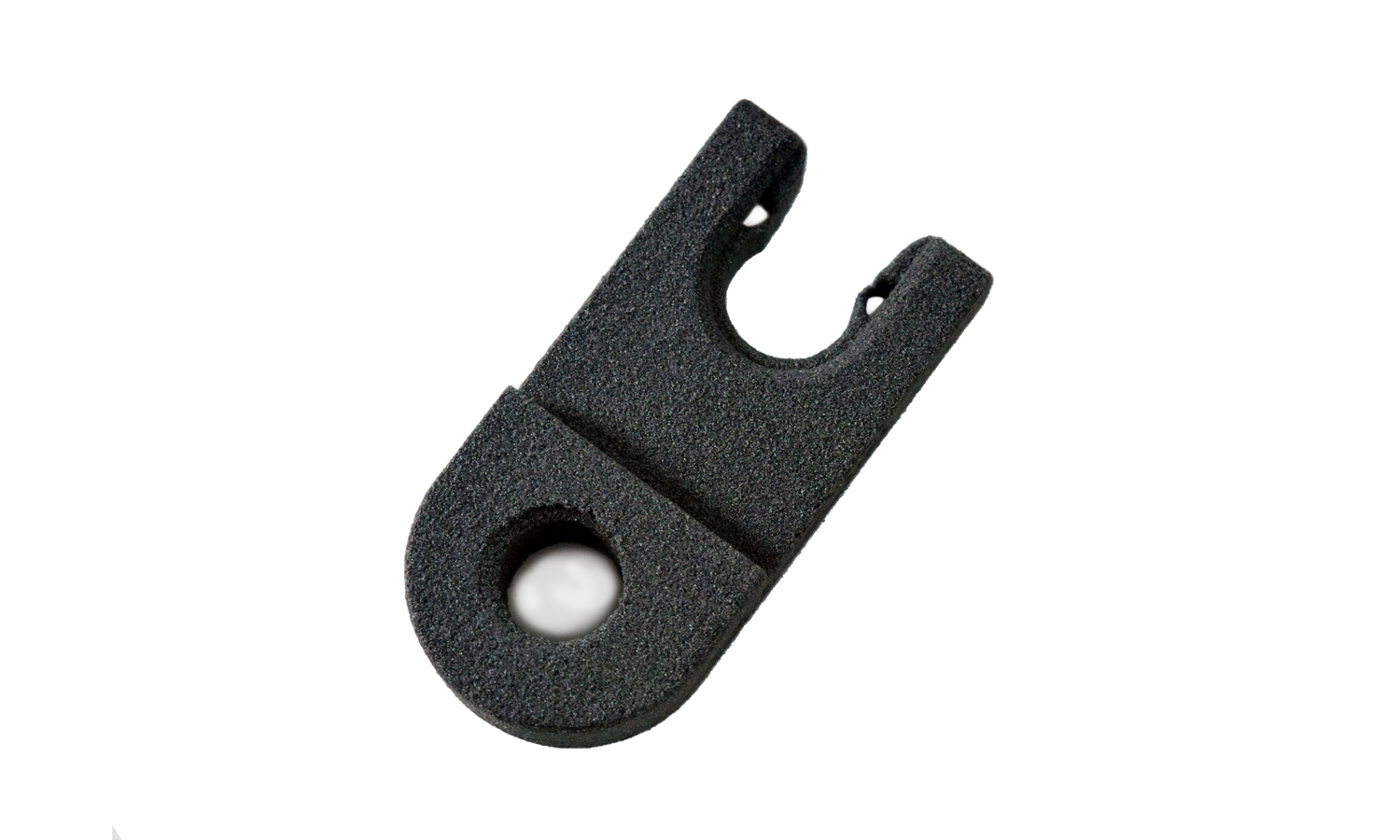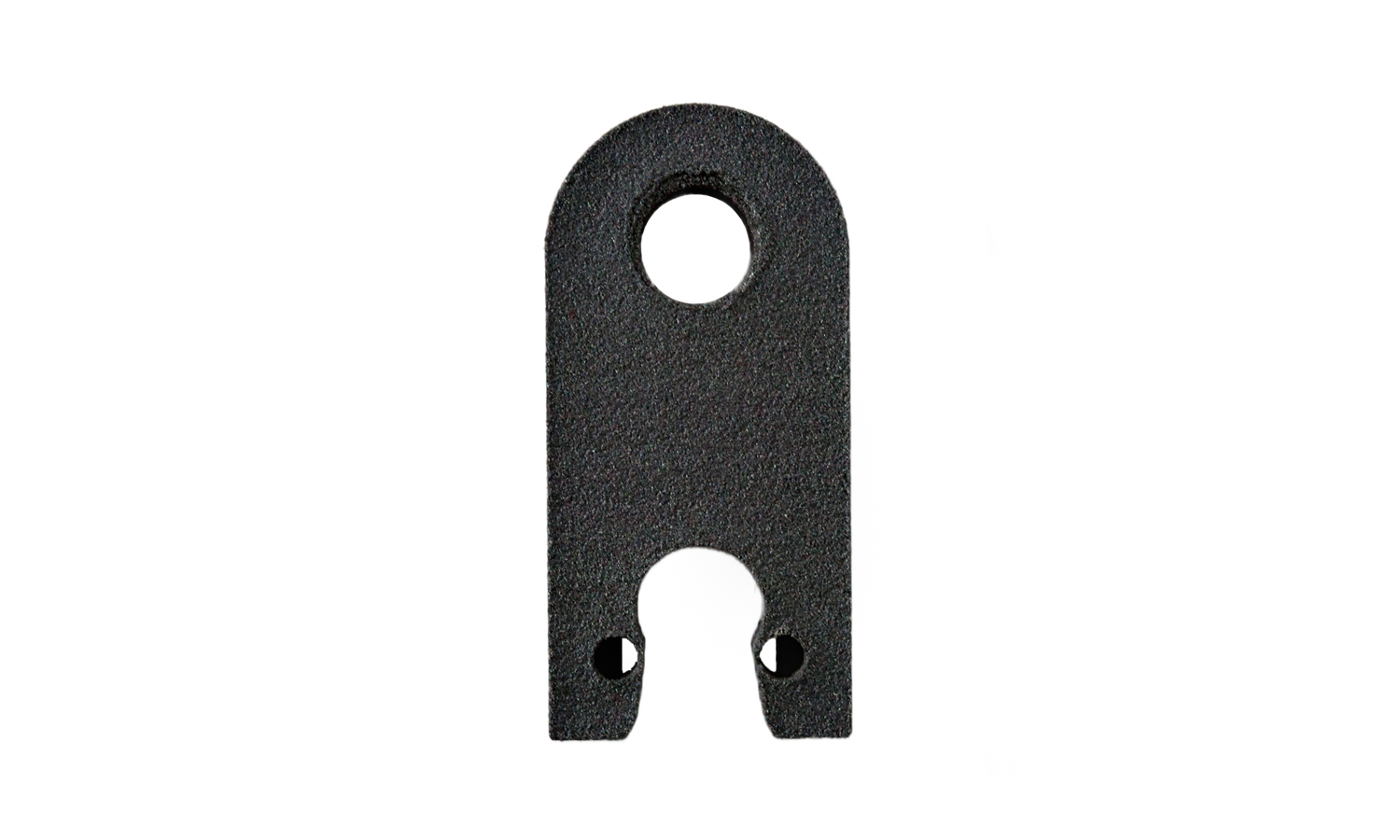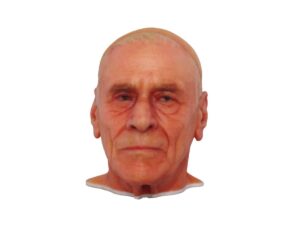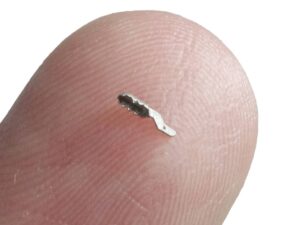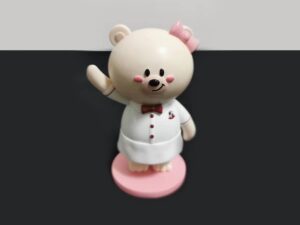- SLA 3D Printed Prototype of Tumbler Beer Cup Spill-Proof Travel Mug
- SLA 3D Printed Backup Camera Mount Bracket Frosted Clear Resin Prototype
Gallery
About Project
Are you looking for a fast and reliable way to produce custom fastener prototypes? If so, you might want to consider SLS 3D printing.
SLS stands for Selective Laser Sintering, a type of powder bed fusion technology that uses a laser to sinter polymer powder particles together, layer by layer. SLS 3D printing can create complex and functional parts with high mechanical strength and durability.
One of our customers recently ordered a small batch of fastener prototypes using SLS 3D printing. The fasteners have one large inner threading and two small holes. They are made of Nylon PA 12, a versatile and robust material that offers good chemical resistance and thermal stability.
As the small holes are nearly broken, we suggested increasing the wall thickness of the small holes to at least 0.6 mm to avoid breakage.
If you are interested in SLS 3D printing or any other 3D printing service, please contact us at FacFox. We are a leading online platform that connects you with the best 3D printing experts in the industry. We offer competitive prices, fast turnaround times, and high-quality results. Whether you need prototypes, functional parts, or aesthetic models, we can help you bring your ideas to life.
Solution
- Step 1: First, the 3D model was broken down into layers of 0.1 mm on the computer and adjusted for better positioning. The model was then duplicated and piled according to the required amount.
- Step 2: Before printing, the tank would be filled with SLS Grey Nylon PA12 powders. On a bed pressure, a 0.1 mm thick layer over the whole width was applied.
- Step 3: The machine was preheated to above 100┬░C, and the laser would light the powder and increase the temperature just above the melting point of the powders.
- Step 4: After a layer was formed, the platform would lower down and produce another layer until the whole model got produced.
- Step 5: When the printing process ended, excess powders which also served as supports would be removed with brushes and a vacuum cleaner.
